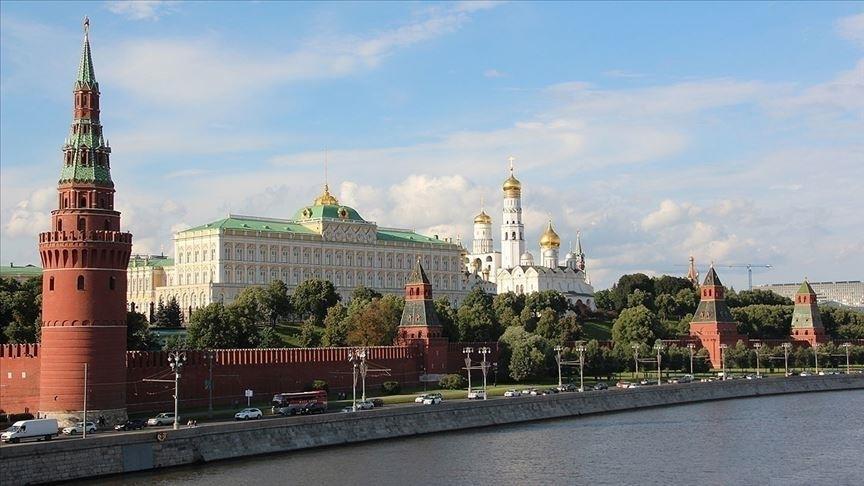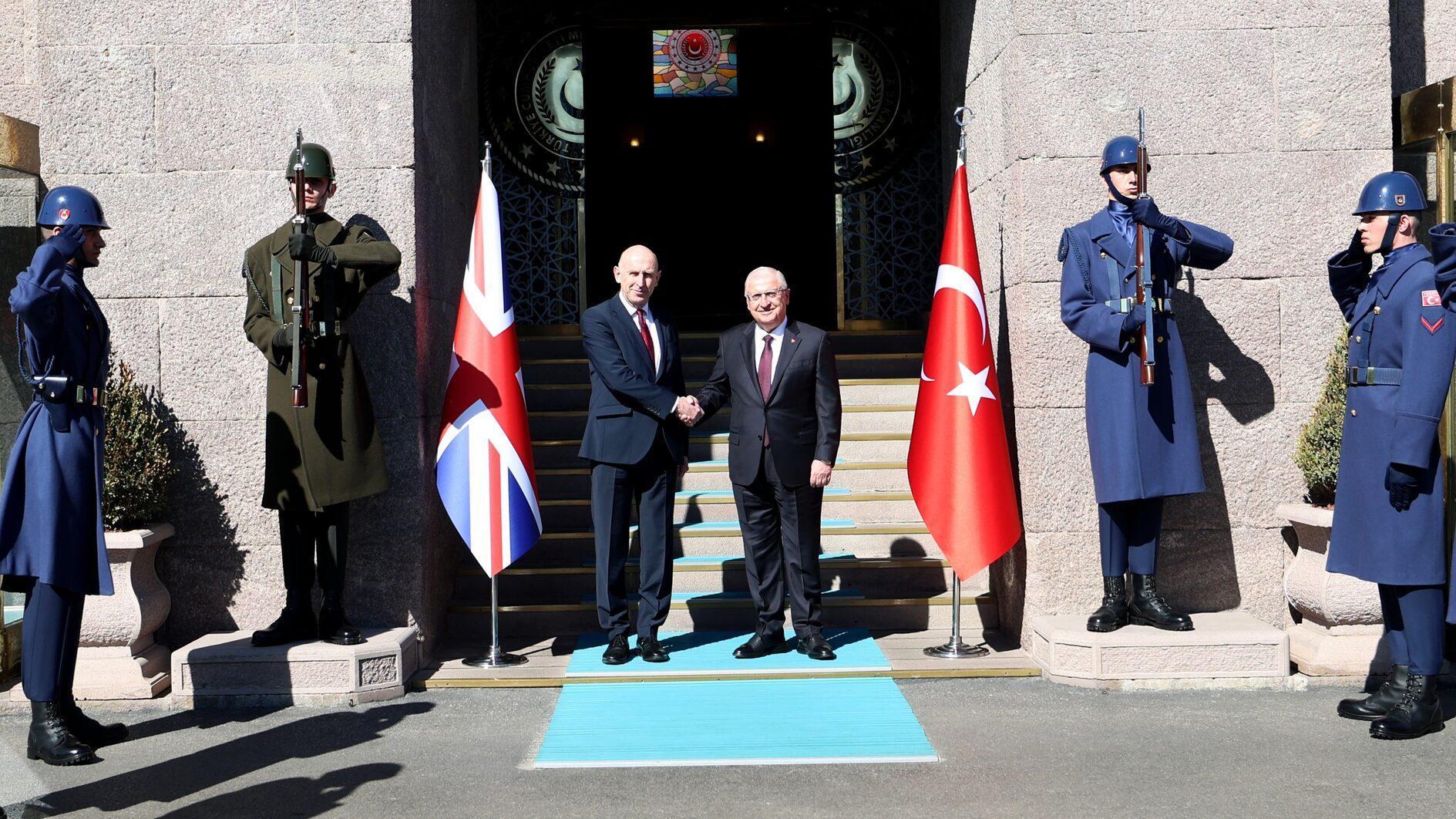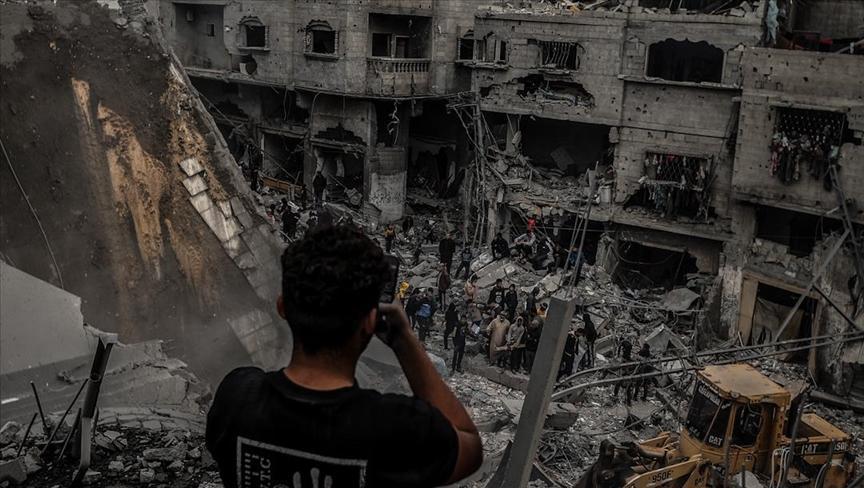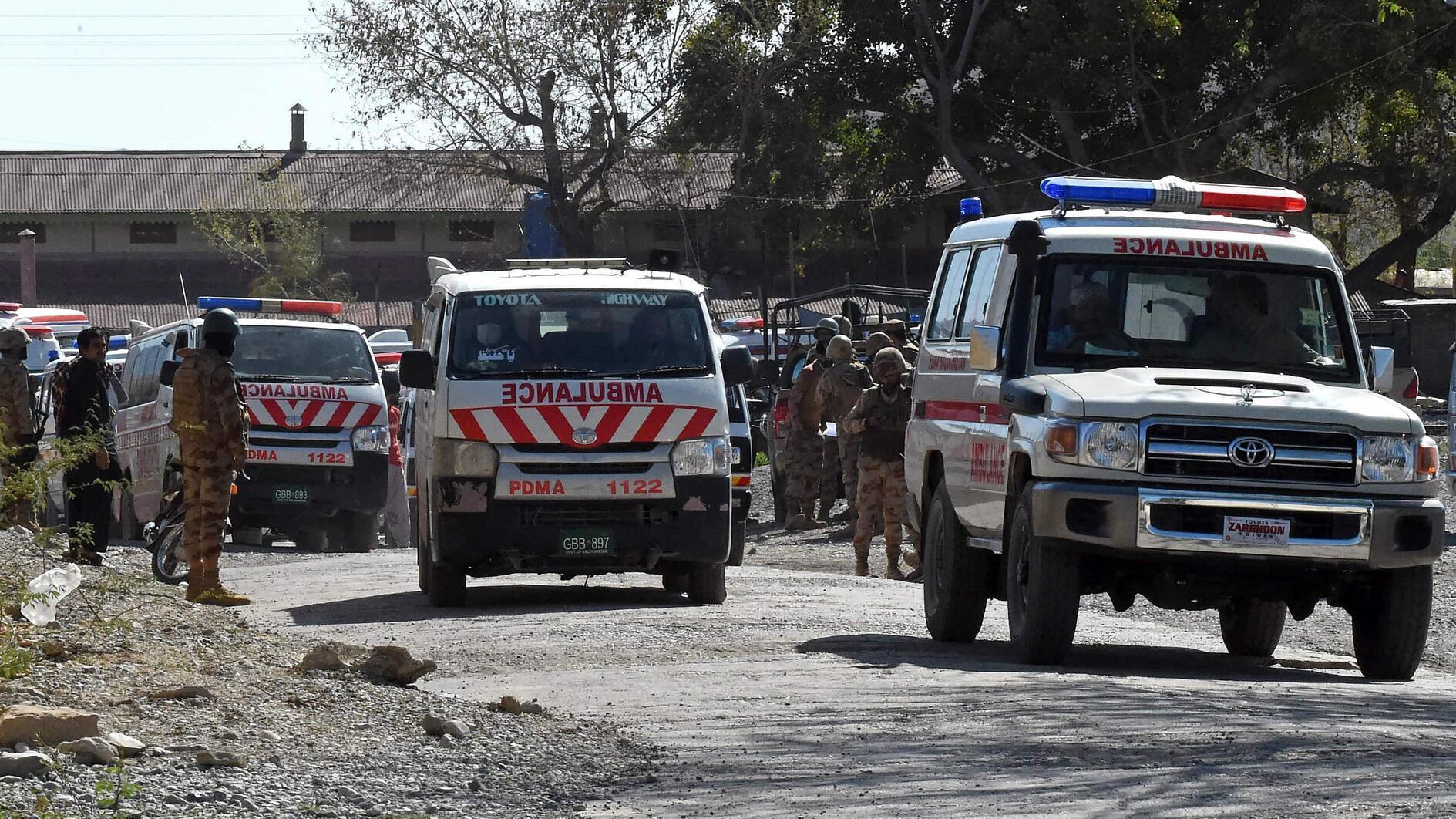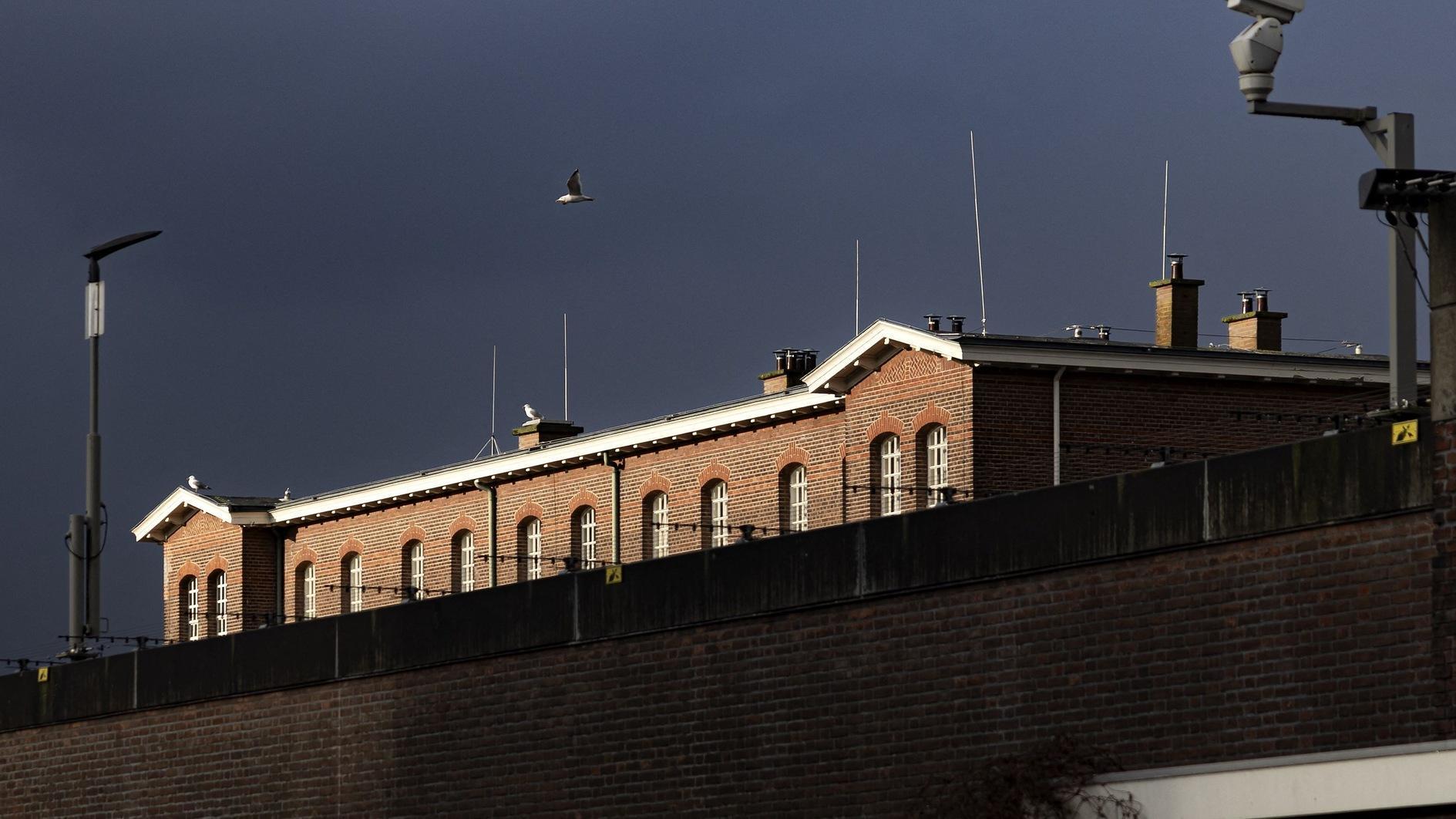Black Eagles flying back home
Ali Kayalar – ISTANBUL

DHA photo
After a 1065-day break, Beşiktaş is returning to Istanbul’s Dolmabahçe neighborhood overlooking the Bosphorus on April 11 for the official kick-off on its new home pitch, Vodafone Arena, against Bursaspor with seven weeks to go in the league.The 63-point Black Eagles enjoy a three-point cushion two days before Fenerbahçe, its sole league rival which lost 2-1 at Torku Konyaspor on April 9, will play against city rival Galatasaray in a postponed game. A win at home may carry the black-and-whites six points ahead.
It took so much sweat and tears for Beşiktaş to demolish the historic İnönü Stadium and erect a modern facility on the very same plot, a priceless estate, with difficulties not being limited to financial burdens.
State institutions had argued that the stadium could not be demolished due to its historic value.
Others said building a large facility just meters behind the Ottoman-era Dolmabahçe Palace, which also hosted modern Turkey’s founding father Mustafa Kemal Atatürk in his last days, was a bad idea and the construction work could have a negative impact on the palace.
The roof was leveled less than one meter lower during the construction, as its height did not fit the original plan.
In monetary terms, Beşiktaş’s ever-standing debt skyrocketed to over 1.2 billion Turkish Liras, or roughly $420 million.
Chairman Fikret Orman said difficult days are now over and the club will see a sharp decline in debt thanks to sponsorships and ticket sales, a revenue item the club has missed during the past three years.
The facility has a capacity of around 42,000 and houses 144 executive suites and one “1903 Lounge,” which will entertain 1,903 spectators in a reference to the year that the club was founded. The new stadium also has nearly 4,700 square meters of restaurants. Vodafone, the leading sponsor that promised Beşiktaş a large amount of funding once the facility was opened, also supports the technological structure.
The mobile company signed a 15-year deal worth $145 million with Beşiktaş.
Three deaths and a funeral
A black-and-white fanfare in the Beşiktaş district is inevitable before the game, which will start at 8 p.m., with tickets already hitting the black market. However, three deaths also marked the construction period of the newest and greatest “mansion” by Istanbul’s mighty waters.
Maybe not that popular today but still a historic figure for the team, architect Fuat Aysu, who is credited with designing the initial İnönü Stadium with his colleague Şinasi Şahingiray, passed away only months after the closure of the old facility.
As Italian leader of the design team Paolo Vietti Violo left the job half way through and went back to his country during World War II, Aysu and Şahingiray convinced the municipality that they could handle the work.
His grave has a view of the stadium from Kirazlı on the Asian side of Istanbul.
It was then Süleyman Seba, the iconic chairman of the team, who had a chance to say a last goodbye to İnönü Stadium during the 110th anniversary ceremony on March 19, 2013, before the first caterpillars entered following the last game against Gençlerbirliği on May 11. 2013. Unfortunately, Orman could not keep a promise to show Seba, who had scored the first goal in İnönü Stadium in 1947, the new finished facility. He passed away on Aug. 13, 2014, and the construction site witnessed a funeral even before any sportive activity.
Thousands flocked to the site under a burning sun two days later.
Another loss was 50-year-old painter Şahin Aydın - not an artist but a laborer rushing to finish his work under pressure.
The club said after his death on Jan. 20 this year that Aydın had fallen from a height and had not been using a safety belt.
Çarşı, Beşiktaş’s passionate fan group which was charged with a coup attempt during the Gezi protest in the summer of 2013, will probably not forget about a laborer who died during the construction of the Black Eagles’ new nest, along with others who put in endless efforts.
However, it is also not clear how much their voice will be heard this time since most of the members of the group, which has dominated the chanting from the side of the pitch for decades, will not sit in their customary spot on April 11, but the cheaper seats behind the bars and the woodwork, as they have left their beloved “Kapalı” section to the richer and the sponsors.
Thus, the opening may also mark a milestone in the rapid social class-based change in the stands.


